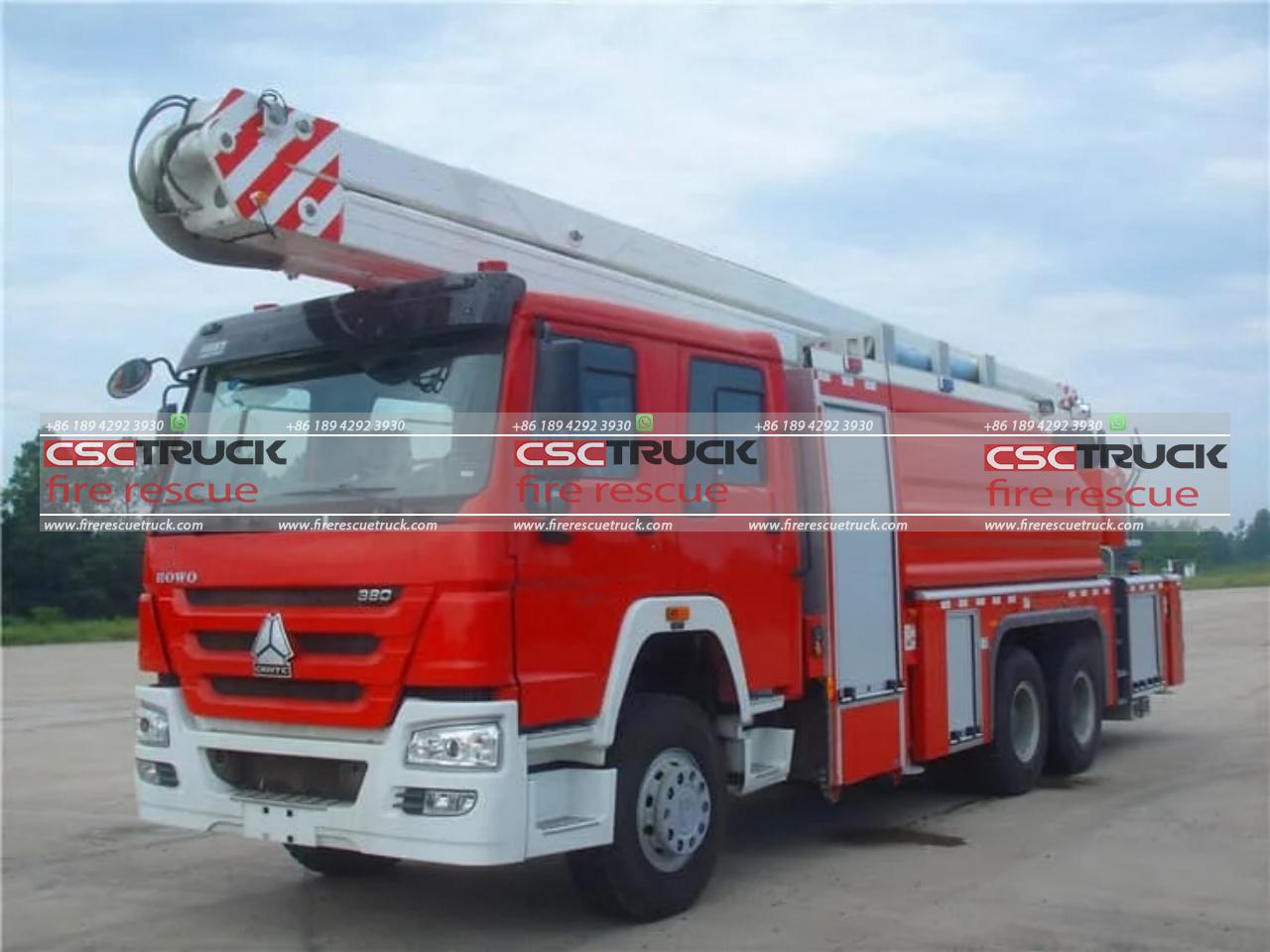In a significant enhancement to its firefighting capabilities, Brazil has introduced a state-of-the-art foam fire truck, specially designed for industrial firefighting, from the renowned manufacturer CSCTRUCK Fire Rescue Truck. The new addition is expected to revolutionize fire response in Brazil’s industrial sector, known for its complex and high-risk environments.
The advanced foam fire truck boasts cutting-edge technology that sets it apart from conventional fire engines. Equipped with a high-capacity foam system, it can effectively combat fires fueled by flammable liquids and chemicals—common hazards in industrial settings such as refineries, chemical plants, and large manufacturing facilities. The foam system allows for rapid suppression of fires by smothering flames and cutting off the oxygen supply, thereby preventing re-ignition and minimizing damage.

Additionally, the foam fire truck features a robust water pumping system capable of delivering large volumes of water at high pressure, essential for controlling intense blazes. The integration of advanced sensors and real-time monitoring systems ensures that firefighters can respond with precision, enhancing both the speed and safety of operations.
This acquisition marks a proactive step by Brazilian authorities to bolster the country’s emergency response infrastructure, particularly in regions with heavy industrial activity. By investing in such specialized equipment, Brazil aims to reduce the risk of catastrophic industrial fires, which can have severe environmental and economic consequences.
The collaboration with CSCTRUCK Fire Rescue Truck, a global leader in firefighting solutions, underscores Brazil’s commitment to adopting international best practices in fire safety. The new foam fire truck is expected to be deployed in key industrial hubs across the country, significantly improving readiness and resilience in the face of potential fire emergencies.







